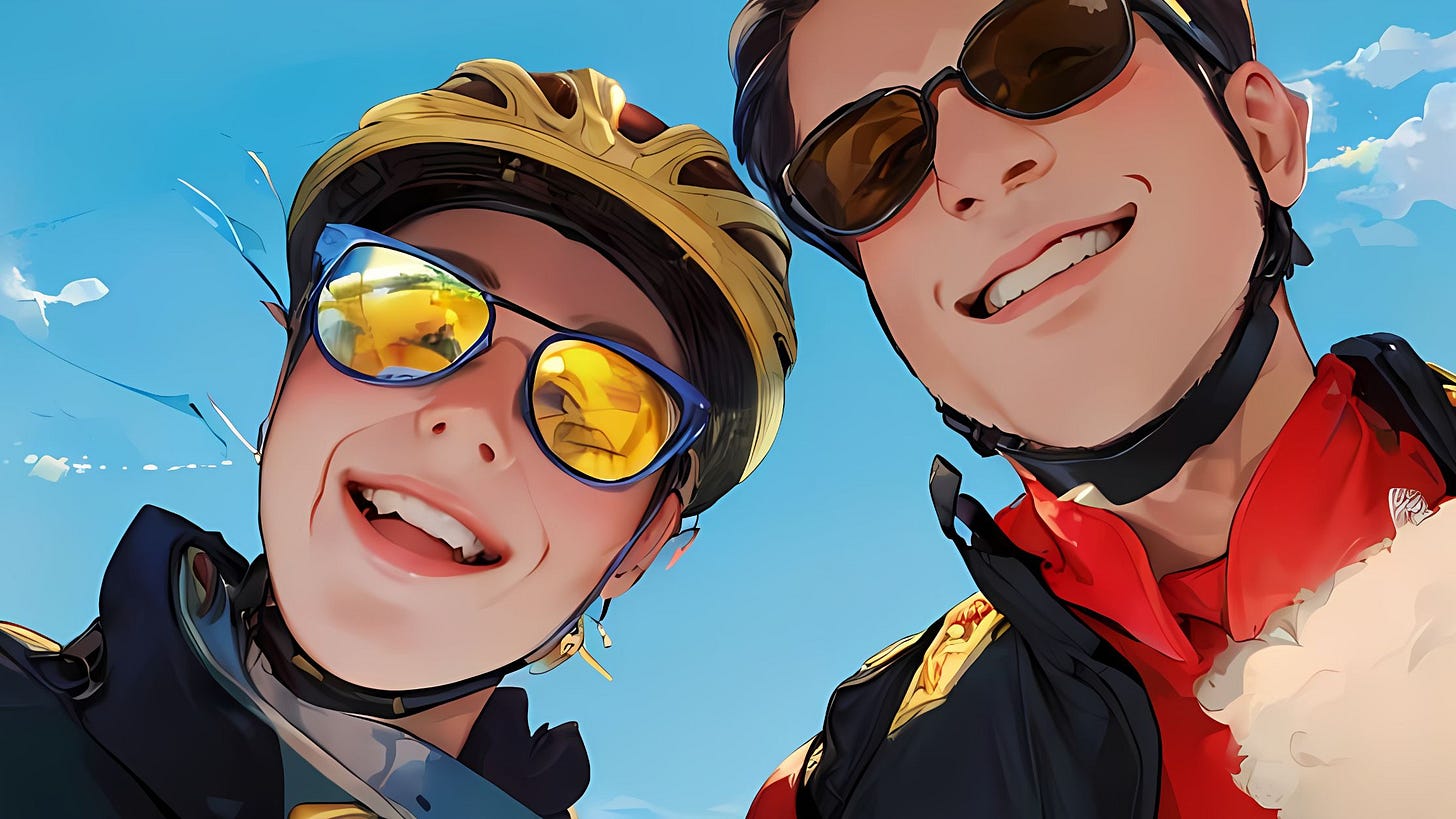Navigating the Open Waters of Triathlon and Leadership Alignment
Learning to Swim in Unfamiliar Waters
Triathlon, a sport that tests endurance through swimming, cycling, and running, is a journey full of unexpected challenges and valuable life lessons. My own foray into this demanding sport began with an experience that resonates not just in the realm of athletics but also in the broader context of leadership and adaptation.
The First Challenge: Open Water Swimming
My initial triathlon was a plunge into the unknown, especially in the swimming segment. Accustomed to the controlled environment of a lap pool, I was unprepared for open water swimming. My strategy was simple: take ten strokes and then look for the buoy. However, this plan, conceived in the predictability of a pool, quickly unraveled in the open water.
The Reality Check in New Orleans
The race in New Orleans was a rude awakening. After my first ten strokes, I lifted my head, expecting to see the buoy. To my surprise, it was almost entirely in the opposite direction. This moment of disorientation forced a rapid change in strategy. I started swimming with my head above water before gradually adapting to the rhythm of open water swimming, taking just two strokes before sighting again.
Shared Struggles and Lessons Learned
My wife, a skilled collegiate swimmer but new to open water, faced similar challenges. Our times in this race would stand as our worst, but they set the stage for significant improvement. This experience underscored a crucial lesson: success in a familiar environment does not always translate to different contexts. Open water swimming, much like professional challenges, demands adaptability and a keen understanding of new dynamics.
Analogies with Organizational Leadership
The experience draws powerful parallels with organizational behavior. Traditional, bureaucratic entities often approach challenges cautiously, keeping their 'head above water' to maintain alignment, even at the cost of speed and efficiency. In contrast, modern, agile organizations dive in headfirst, prioritizing action, only to realize later the need for realignment.
This analogy serves as a reminder that effective leadership and strategy require a balance between action and alignment. It's essential to assess experience in similar environments before establishing a plan. Moreover, even familiar tasks may require additional checkpoints to ensure not just speed but also correct direction.
Conclusion: The Dual Nature of Success
In triathlon, as in life and leadership, success is a dual-faceted endeavor. It's not just about how fast you move but also about ensuring you're moving in the right direction. This balance of speed and alignment, action and strategy, is the essence of navigating through the unpredictable waters of challenges, be they in sports or in professional life.







